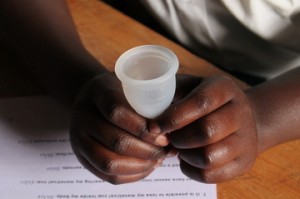Researchers from Virginia Tech have discovered a method that may change the way sewage is processed, in order to change the process form an incredibly energy intensive and wasteful process, to that of one that may even produce energy, using the magic of bacteria.
Sewage treatment isn’t something many of us think about on a day-to-day basis, and probably even less so when we consider sustainability. However, the truth of the matter is in most municipalities today, wastewater treatment accounts for the highest energy use, yet is a service that well functioning urban areas cannot be without. On the other hand, the energy potential found in wastewater is 10 times higher than the energy required to break it down. Most wastewater treatment facilities are not equipped with the equipment or knowledge on how to capture this energy so that it isn’t merely wasted or, ahem, flushed down the toilet… so perhaps it’s time to take a second look at our poo, and how we can make our waste something a little more useful?
At Virginia Tech, researchers discovered that two strains of bacteria that work synergistically to produce high amounts of energy together, a discovery that could potentially be used to harvest this power for human use. This research was done by identifying a pair of bacteria used to facilitate the treatment of sewage, and analyzing how exactly they metabolized the waste.
Results of this study encourage the further research of microbes and bacteria as a method of creating sustainable energy, and especially in scaling up production and public acceptability of these alternative methods.


